OpenMRS for oncology
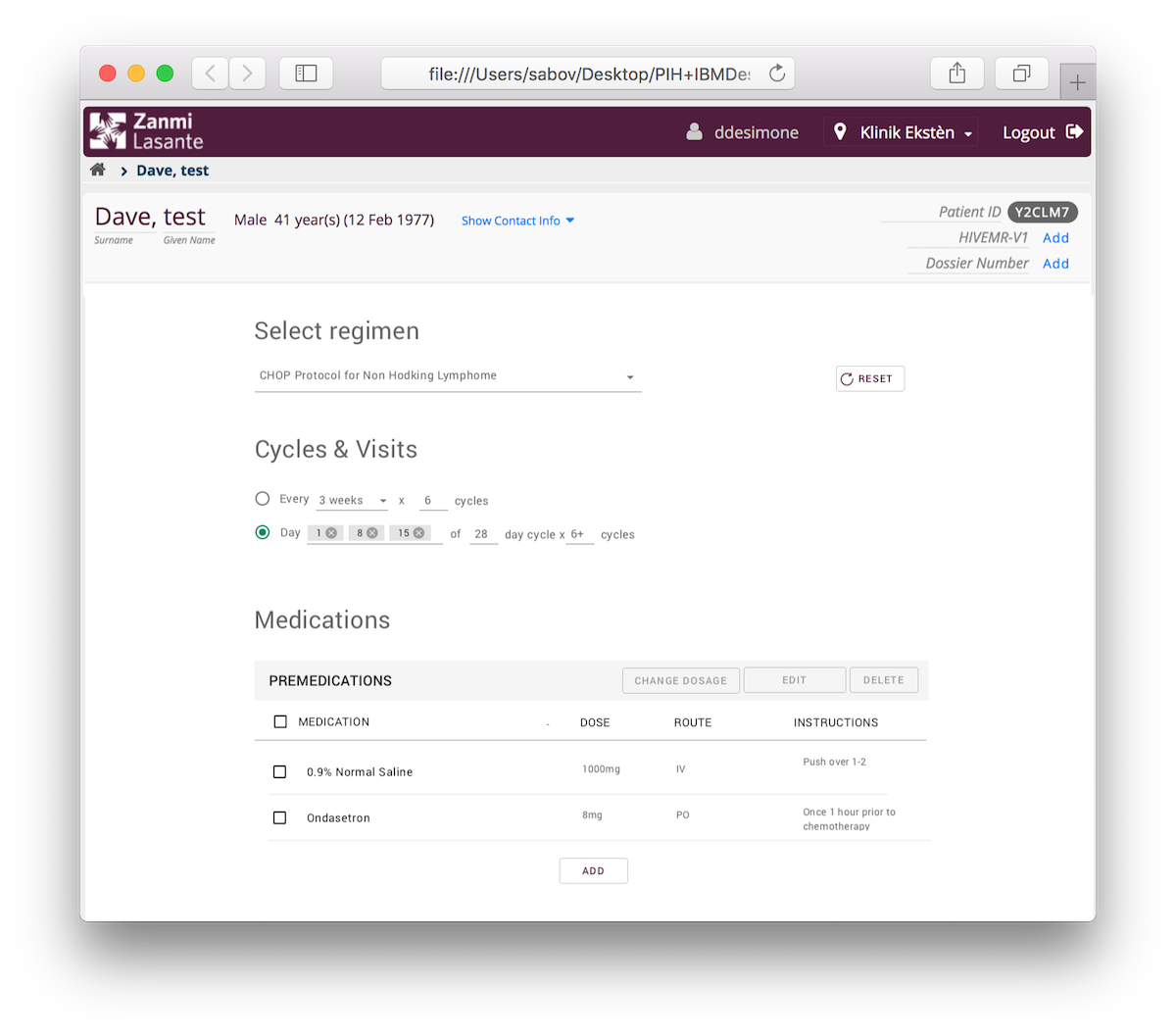
Collaborative work with Partners In Health, Hôpital Universitaire de Mirebalais (Haiti), Uganda Cancer Institute, University of North Carolina, and the OpenMRS Community on an oncology module for OpenMRS.
- Role: Front-End Developer
- Team: 1 designers, 5 engineers
- Duration: 3 weeks (July 2018)
- GitHub repo
Mission: Create an oncology module for OpenMRS
Cancer crisis in LMIC
There is a silent growing cancer crisis in low- and middle-income countries and less than 30% of them have cancer treatment services. Hospitals that provide cancer care store most of the information on paper.

Recording of all the information about cancer treatment is critical. Some of the chemotherapy drugs have a lifetime dosage and losing information about admissions can lead to the death of patients. On the next picture, Johnblack is holding a sheet of paper "OpenMRS for cancer care". He is a medical officer and in 2017 he participated in OMRS conference where he talked about how important it is to build an oncology module for OpenMRS. OpenMRS is a collaborative open-source project to develop software to support the delivery of health care in developing countries. It provides many modules that allow hospitals to keep important inforamtion in one place but it still doesn't have a module that would help to treat cancer.
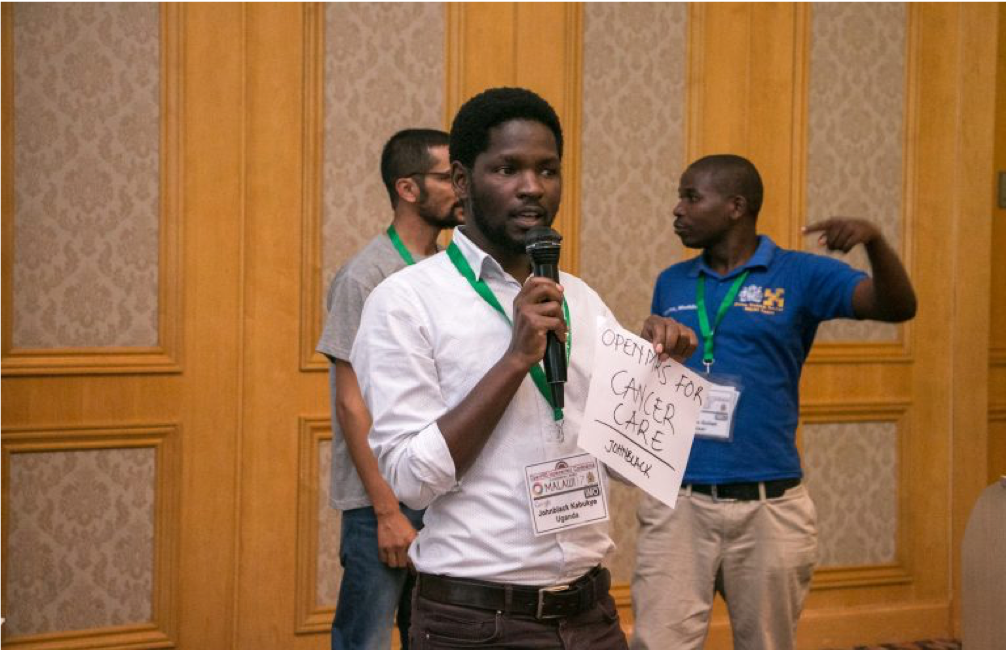
OpenMRS for cancer care
Partners in Health and IBM decided to solve this problem together. In 2018 a team of IBMers came to Boston to work on an oncology module for OpenMRS and I was a part of this team. We all joined a program called IBM Health Corps, it's a global pro bono program focused on tackling health disparities.
We arrived in Boston to work with Partners In Health, it is a Boston-based nonprofit health care organization founded in 1987. It builds hospitals and other medical facilities, hires and trains local staff, and delivers a range of healthcare, from in-home consultations to cancer treatments. This movie is the first thing that our new colleagues showed us, it tells an incredible story about this wonderful organization and the people who work there. I really recommend to watch it.
As-is scenario
We knew that we have only 3 weeks to work on this project and therefore, we started doing research in advance. Together with our UX designer, I participated in a couple of interviews with nurses that have experience in treating cancer in LMIC. We've built an "as-is" scenario and identified the main pain points. In our case, we called them "death" points, because some of the steps of the current process were so risky that any mistake could lead to death.
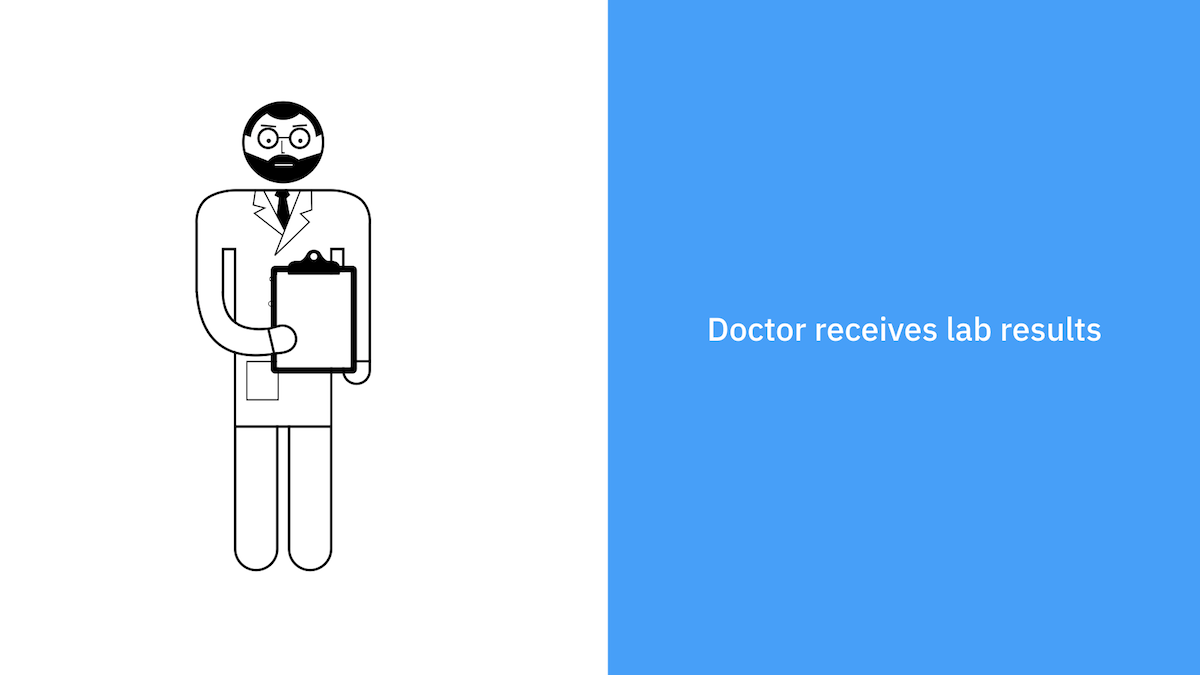
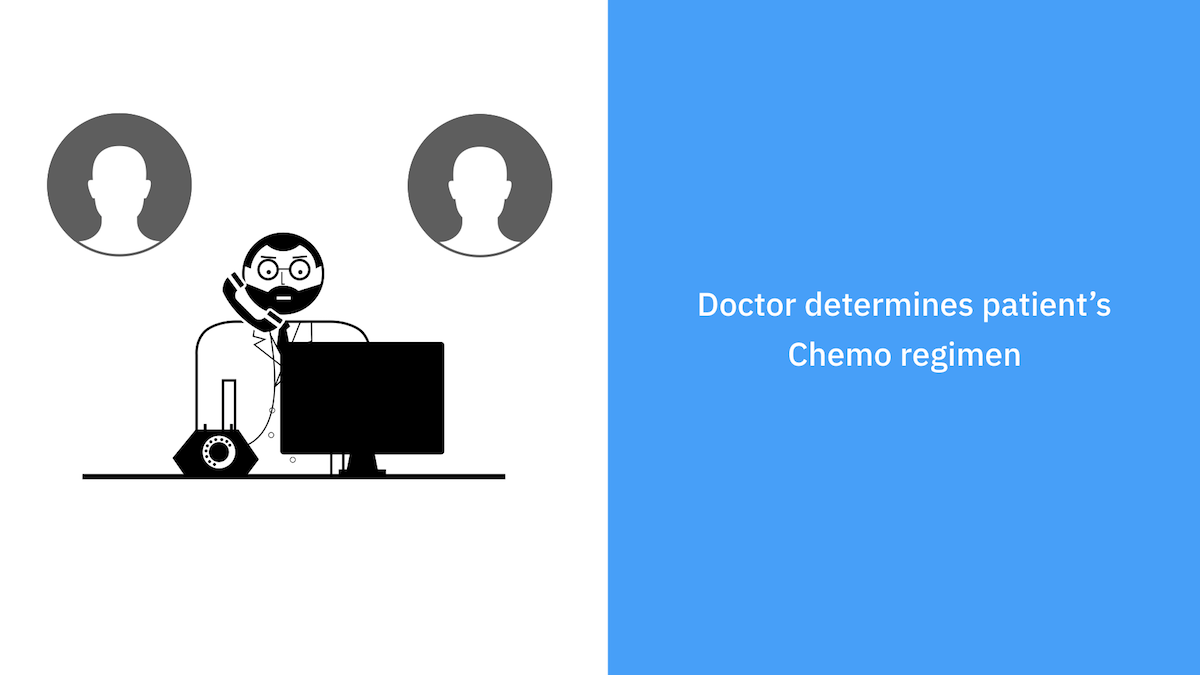
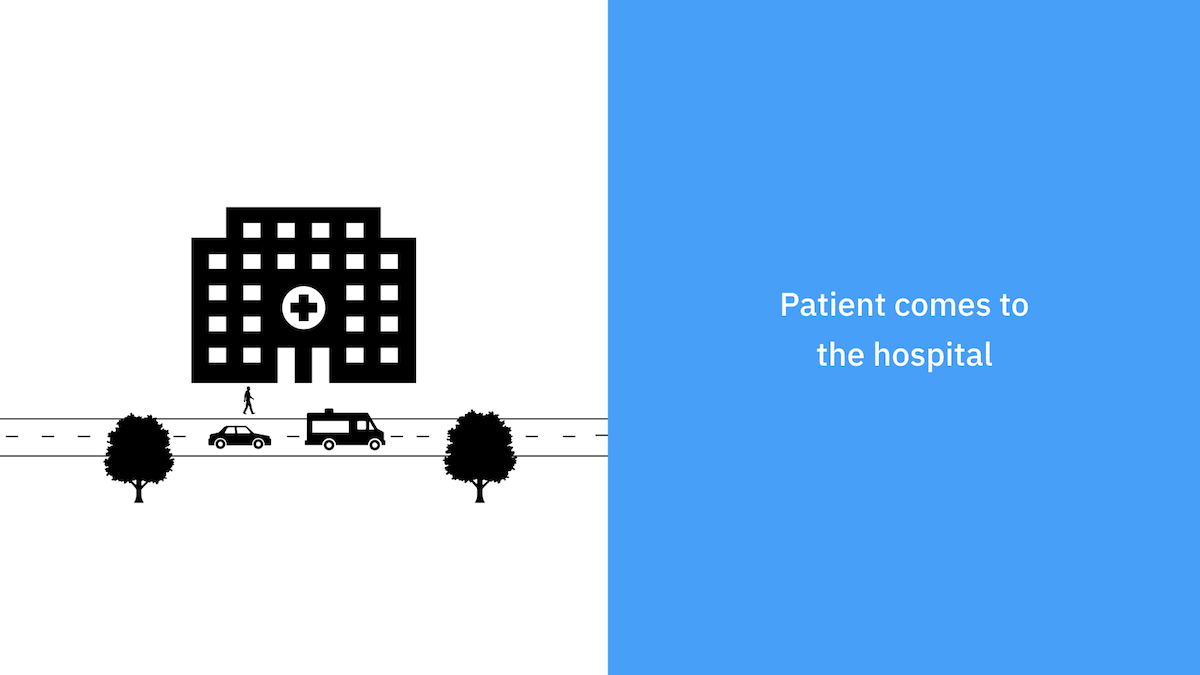
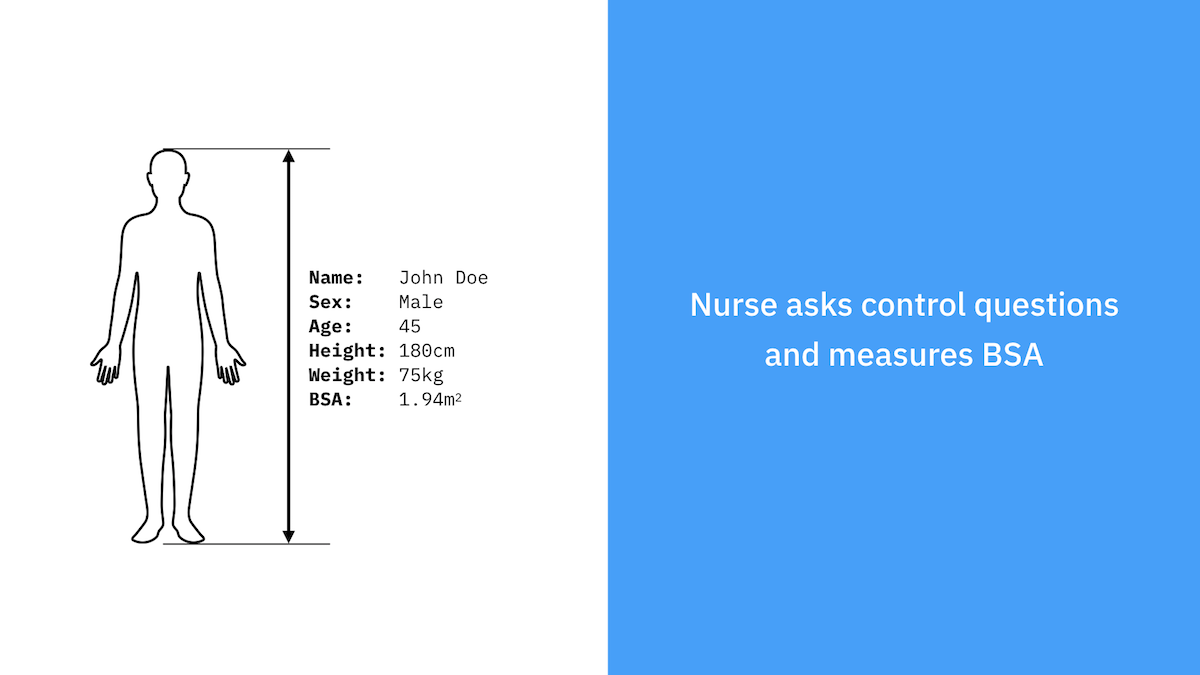
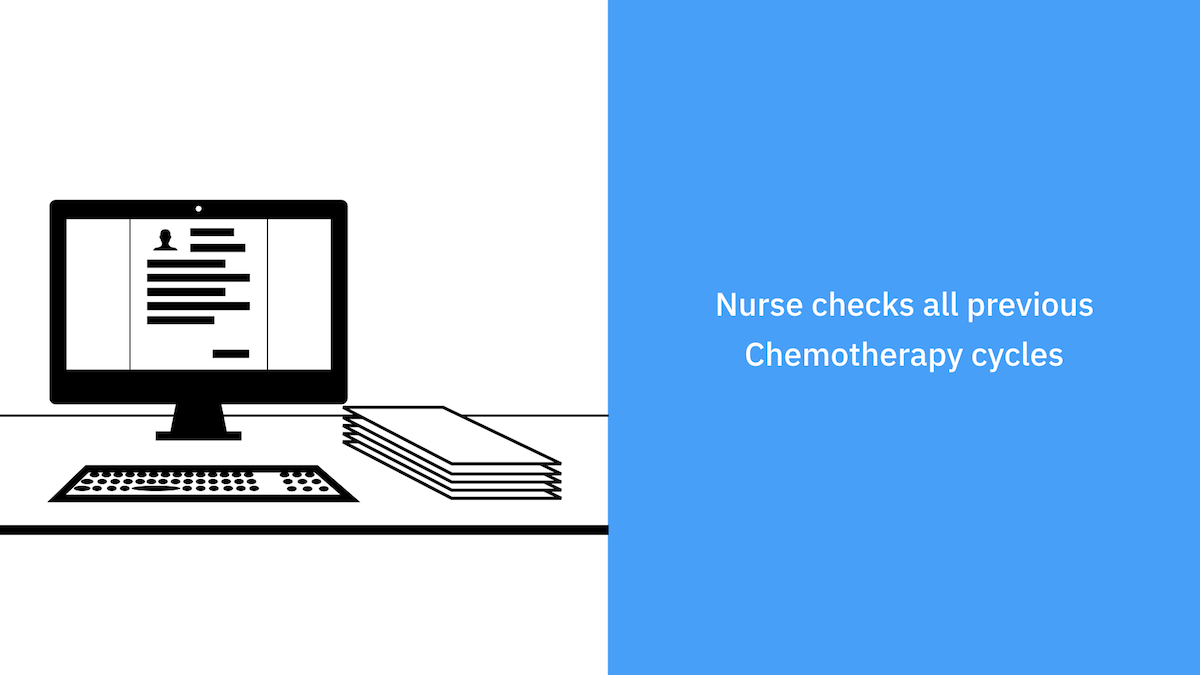
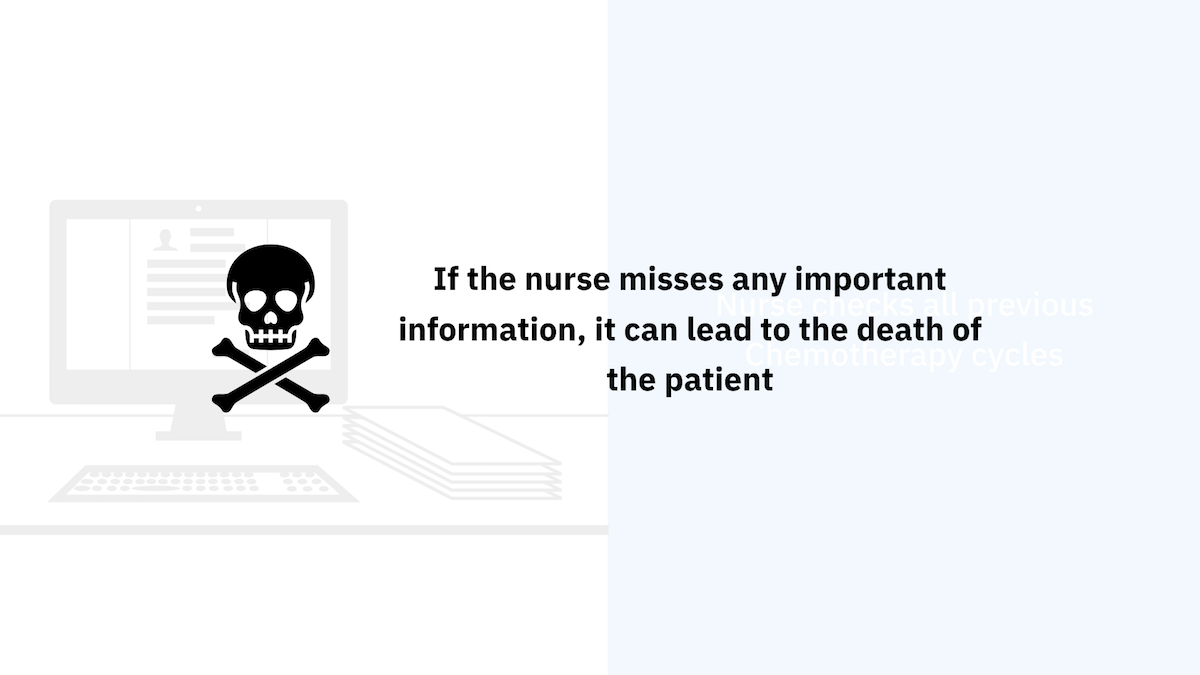
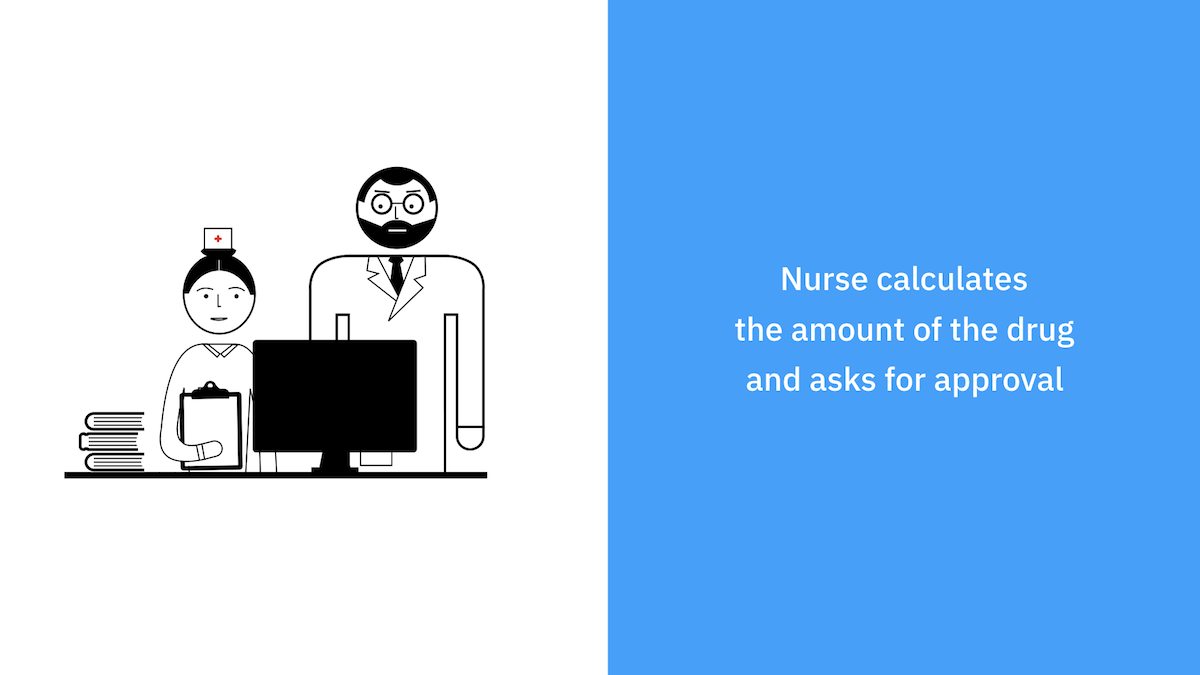
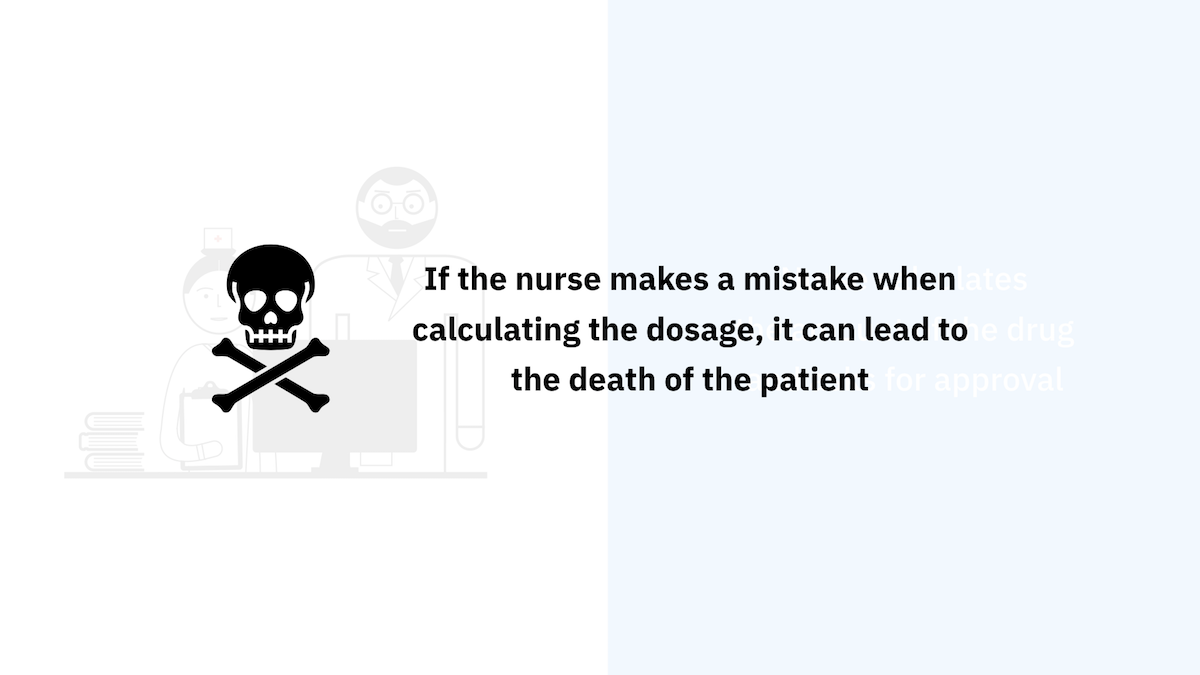
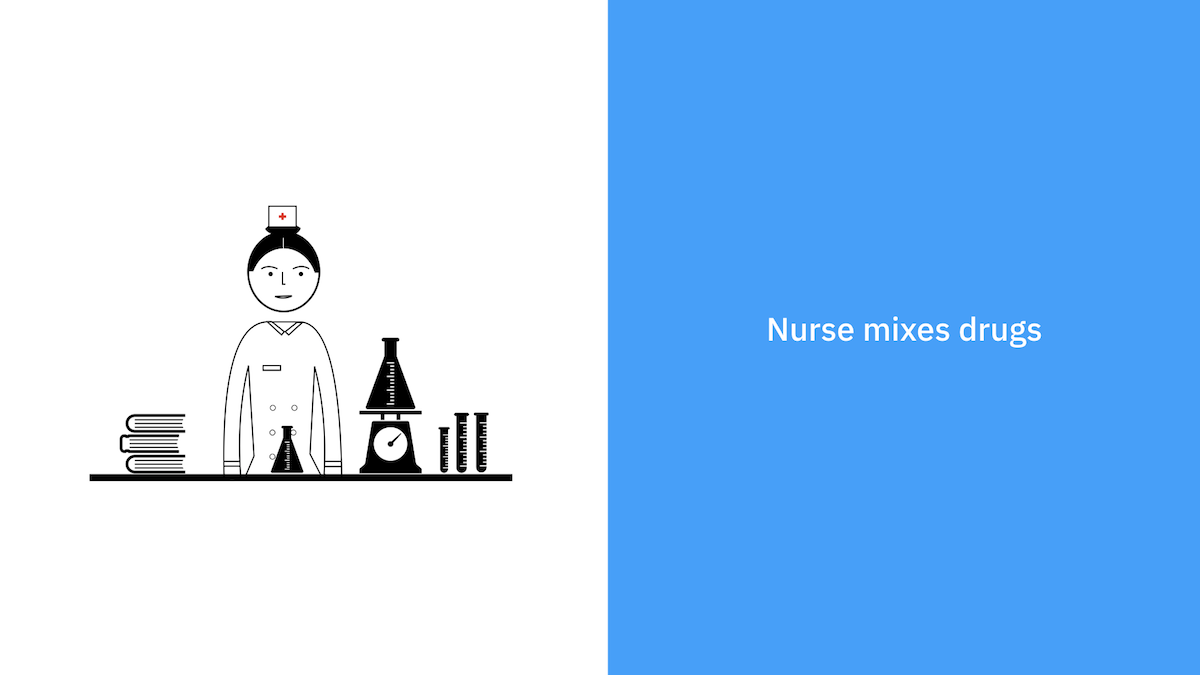
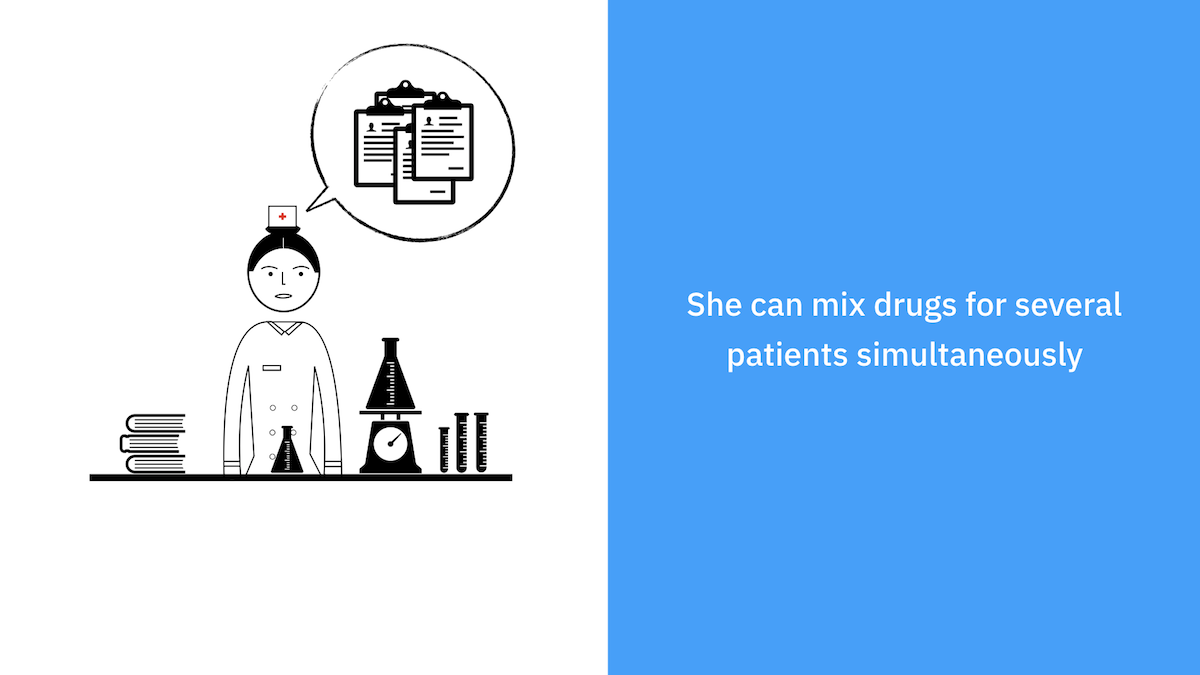
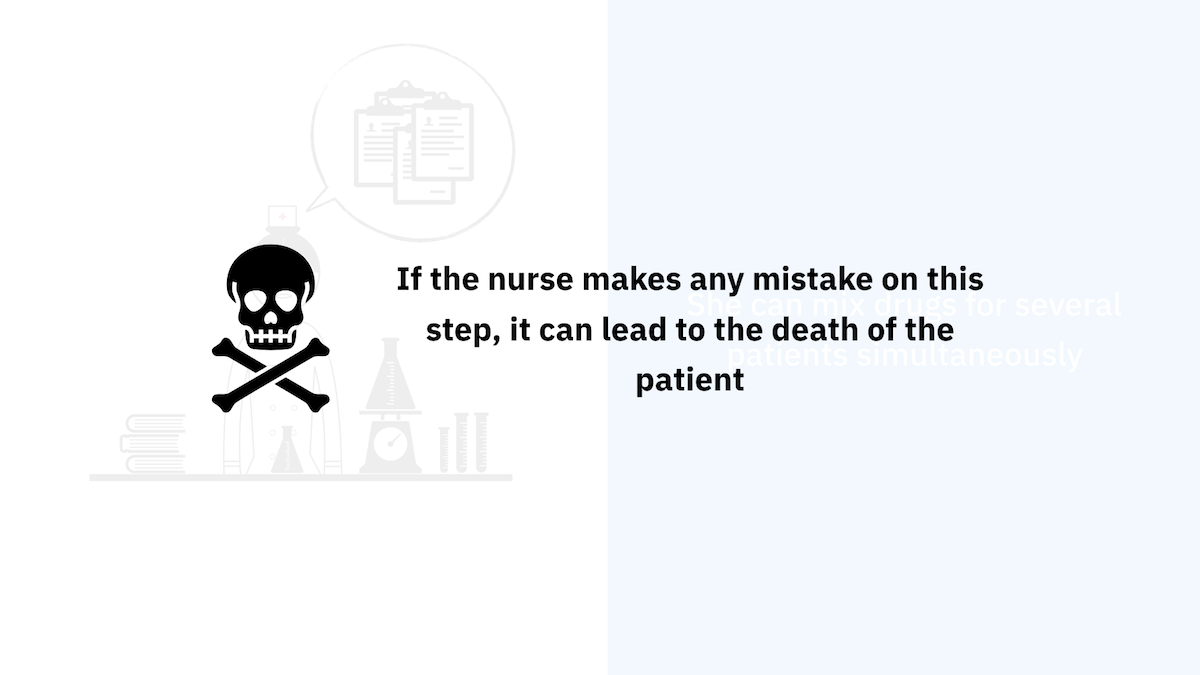
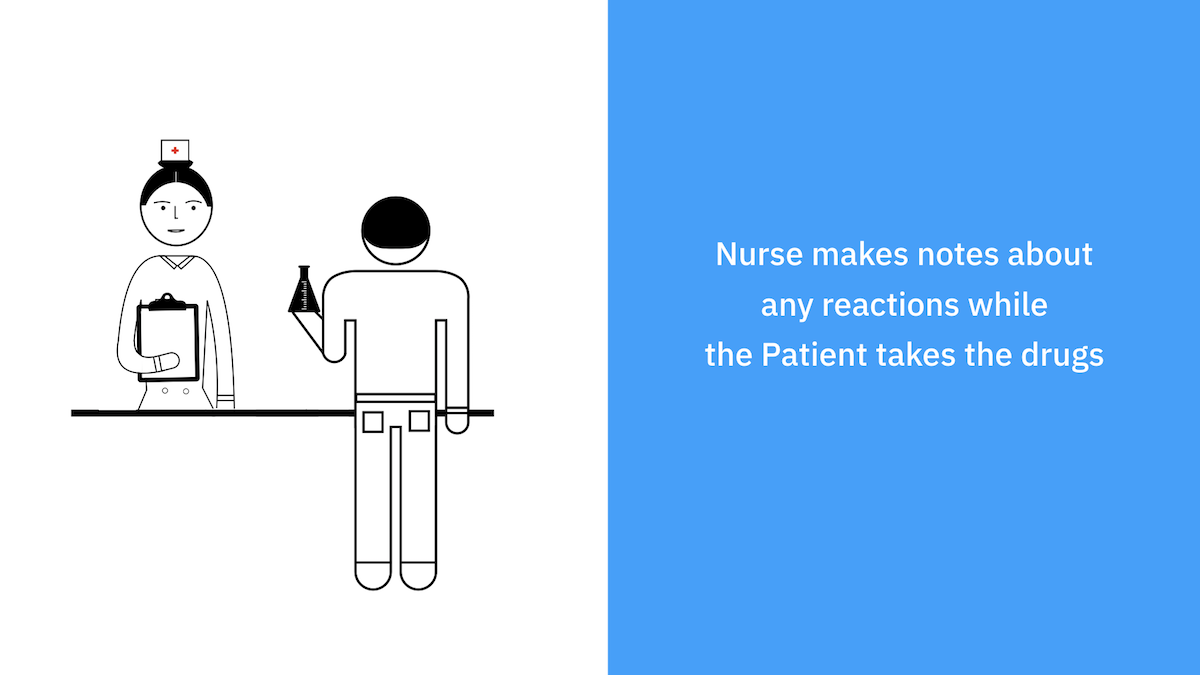
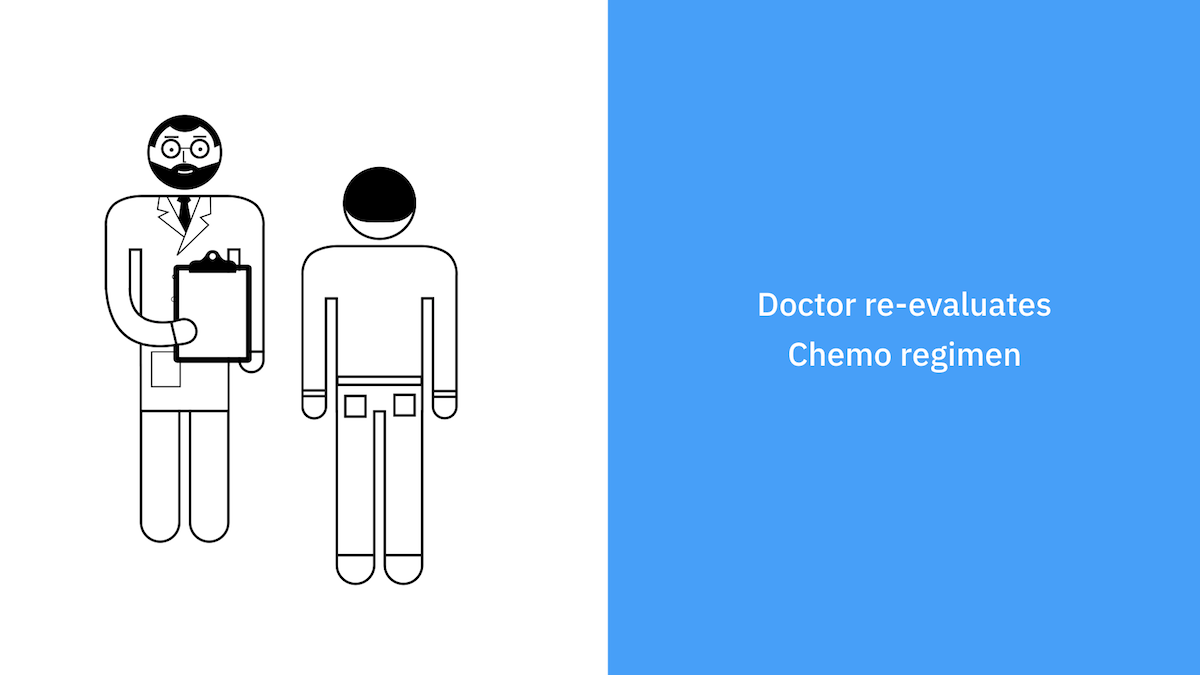
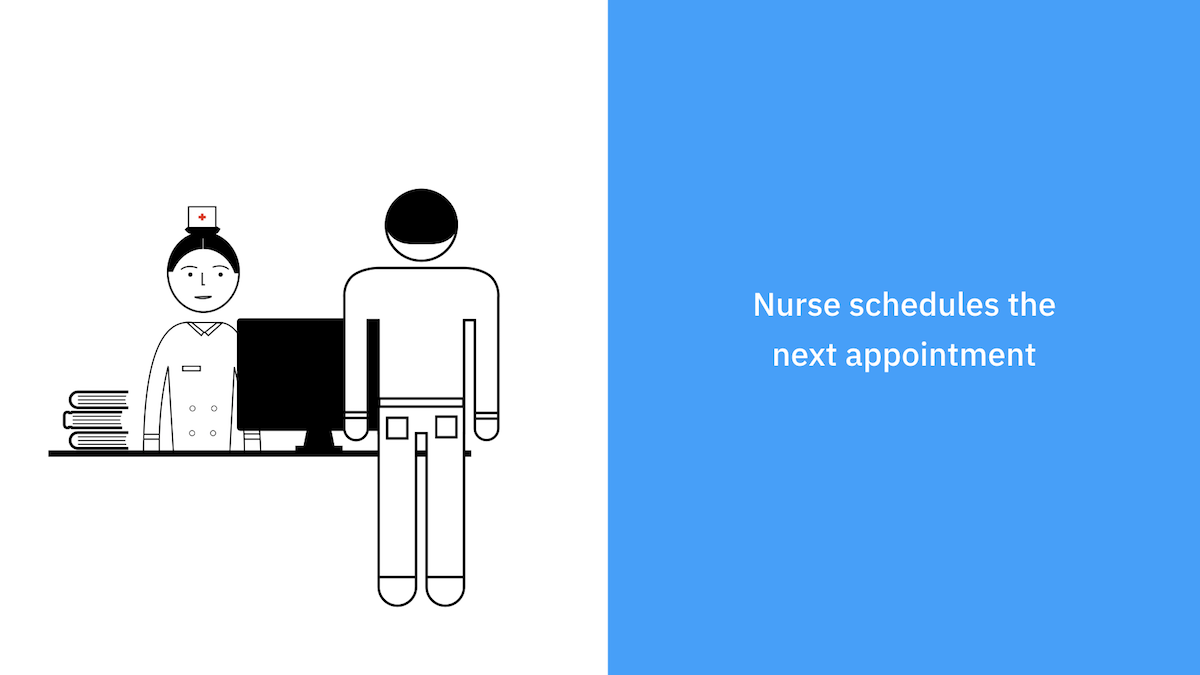
Design and Developemnt
Our team consisted of
- 1 UX Designer
- 3 Software Engineers
- 2 Front-End Developers (including me)
We decided to focus on the very first step of the process - recording a regimen and tracking patient visits. The first week I was working together with our UX designer on mockups that we were reviewing with the stakeholders. At the same time, 3 software engineers were digging in the source code of the OpenMRS core modules. After the first design iteration, I switched to front-end. Together with my colleague we've created basic layouts and prepared everything for integration with REST API.
Our backend team was in an extremely difficult situation. They had to come up with a solution that the OpenMRS community will be able to pick up and continue building after we leave. After a lot of calls and discussions, we finally reached an agreement and our software engineers created a branch with all required changes to the core modules. Last week we were integrating all pieces of the puzzle.
Results
Here is a demo video that shows the results of our work.
Check out all our deliverables here. Currently, our proposal is waiting to be incorporated to the source code of the OpenMRS core modules. I hope one day it will be used to help treat cancer in LMIC.
Next poject: University and just-for-fun projects →